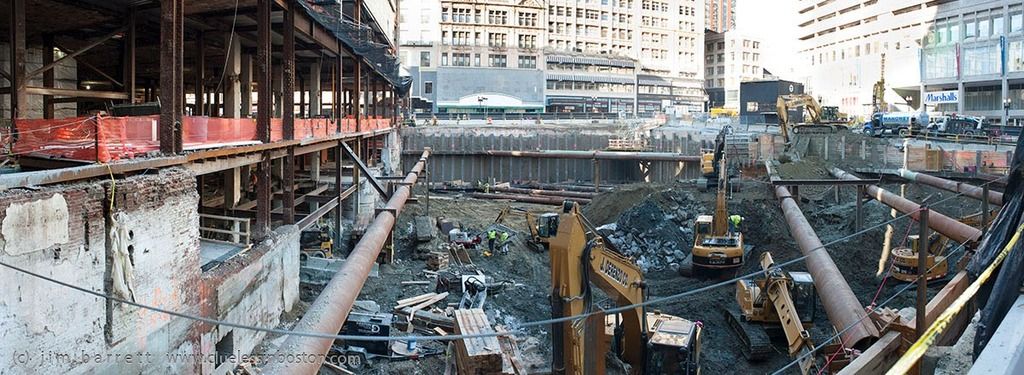Millie exemplifies a few precious truths. The urbanist Alex Krieger stated one: “A city is the place where the greatest number of activities takes place in the fewest number of square feet.”
Because lots of different things are crammed close together, more kinds of experience are accessible. From Millie you can walk to the heart of the Theater District in maybe 10 minutes. If you dawdle.
Millie also reminds us of another truth, which is that the most important public spaces in a city are the streets. Streets are social and economic centers, not mere traffic ducts. Of any piece of architecture in a city, you need to ask how well it joins with other buildings, new and old, tall and short, rich and poor, in the collaborative work of shaping a good street.
Finally, I wonder who will be Millie’s new residents? Some will be local; some will arrive from other continents. Some — nobody knows how many — will already possess other dwellings and may see Millie as a mere pied-à-terre for a few weeks a year.
There’s currently a tower craze in the United States. Lavish publications run full-page ads about the joys of living high, ads in which one or two people, alone in evening clothes, often seem to do little but look out through floor-to-ceiling glass at some vast expanse of urban towers. Are there really such people? Is this love of the city, or the desire to be isolated from it?
Whatever those unknowns, some truths remain.
Good cities are made of good streets. The Millennium Tower has figured that one out.
Robert Campbell, the Globe’s architecture critic, can be reached at
camglobe@aol.com.



